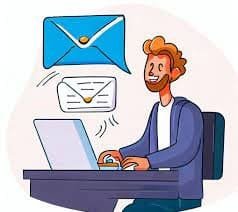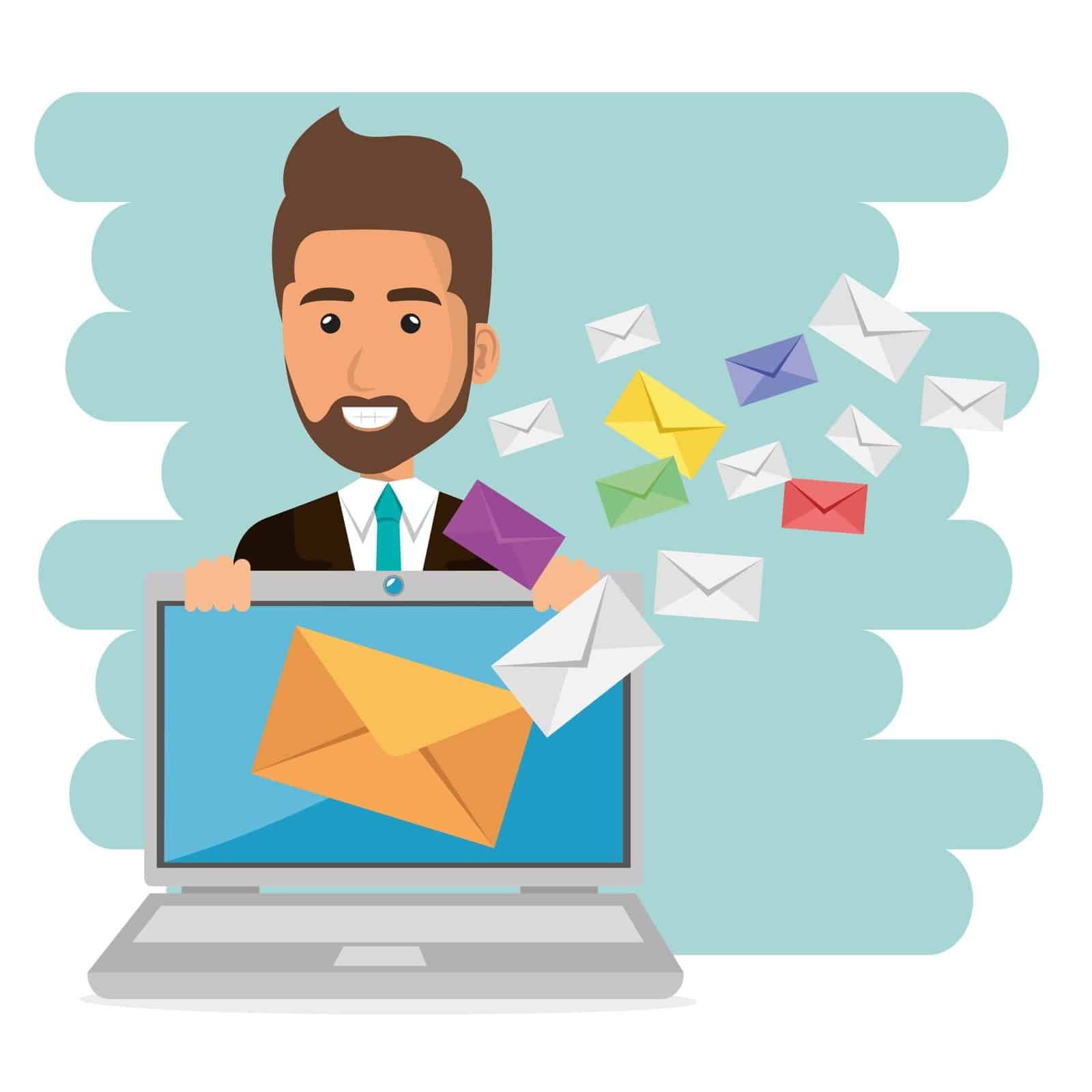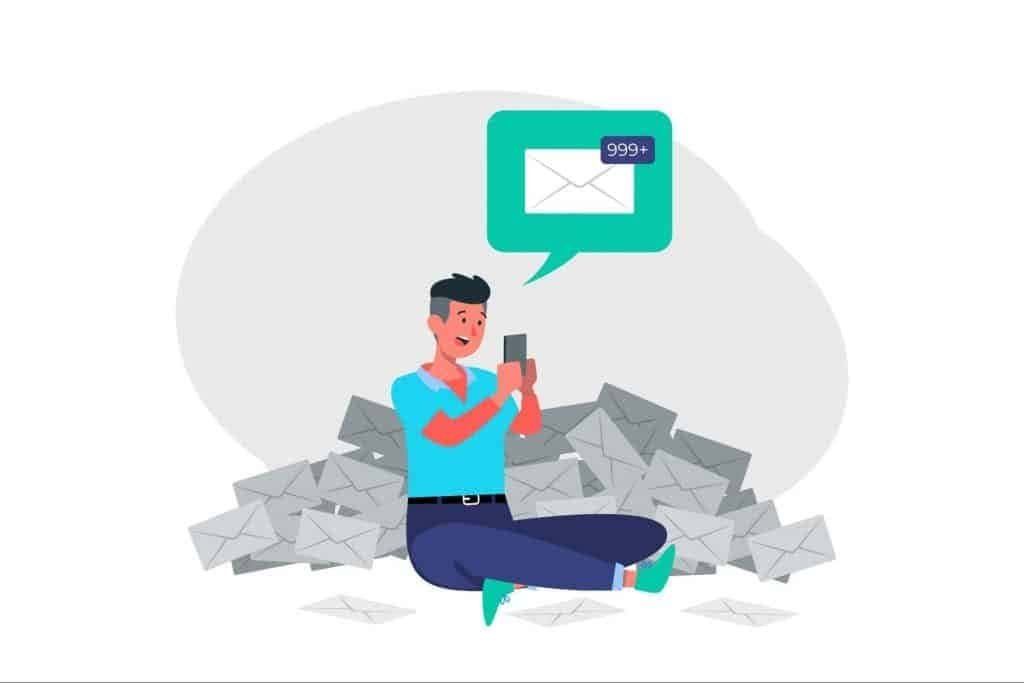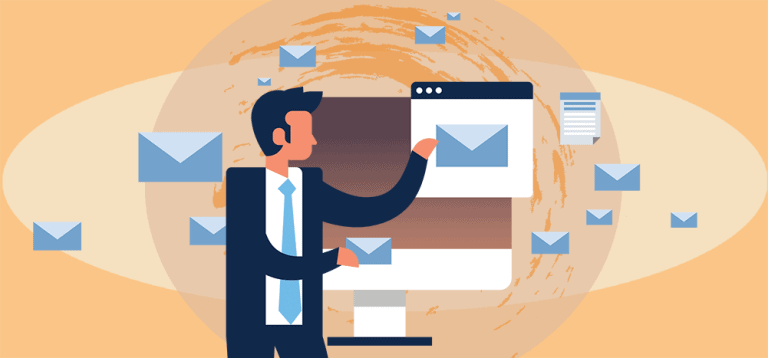Hey there, fellow marketer! The digital landscape is constantly changing, and staying ahead of the game is crucial. In the world of marketing, few strategies are as potent and enduring as cold email. It’s a direct line to potential customers, a chance to spark conversations, and a gateway to unlocking unprecedented growth.
But let’s be real—cold emailing has evolved. The days of generic blasts and spray-and-pray tactics are long gone. To truly master cold email marketing, you need to approach it with finesse, personalization, and a deep understanding of your audience. Think of it as crafting a compelling story, one that resonates with your recipients and leaves them wanting more.
Okay, let’s dive in and explore the professional strategies that will transform your cold email campaigns from lukewarm to scorching!
Level-Up Your Game: Building a Rock-Solid Foundation for Cold Email Success
Before you even think about hitting send, you need to lay a strong foundation. This means building a targeted lead list filled with people who are genuinely interested in what you have to offer. Sending emails to random addresses is like shooting in the dark—it’s ineffective, wastes your time, and ultimately leads to missed opportunities.
Instead, focus on quality over quantity. Use tools like Instantly Lead Finder to filter potential clients by job titles, location, keywords, and more. By taking the time to curate a high-quality list, you’re setting yourself up for success from the get-go.

Subject Lines That Sizzle: Igniting Curiosity and Driving Open Rates
You know what they say—first impressions matter. In the realm of cold email, your subject line is your first (and often only) chance to capture attention. Think of it as the headline of your email, the hook that will entice recipients to click and discover what lies within.
Keep your subject lines short, snappy, and to the point. Use power words that evoke emotion and pique curiosity. Instead of lengthy explanations, opt for concise phrases that clearly convey the purpose of your email.
Here are a few examples:
Clickbaity Subject Line: “Is This the Biggest Mistake Plumbers Make?”
Powerful Subject Line: “Unlocking Explosive Growth for Your Plumbing Business”
Intriguing Subject Line: “The Secret Weapon Top Plumbers Use to Dominate Their Market”
Remember, the goal is to stand out in a crowded inbox and compel recipients to take action.
Personalization Power-Up: Forging Connections That Convert
Let’s face it—generic emails get lost in the noise. In a world where the average office worker receives over 120 emails daily, personalization is no longer a luxury—it’s a necessity.
By tailoring your message to the recipient’s interests, activities, and pain points, you’re showing them that you’ve done your homework and that you genuinely care about their needs. This not only increases engagement but also triggers a psychological response that makes them more likely to respond.
Start by researching your recipients. Use tools like Clay, Zoominfo, or LinkedIn to gather insights into their industry, company, and even their personal interests. Then, use this information to craft personalized opening lines and subject lines that resonate on a deeper level.
For example:
Personalized Subject Line: “Jill, I Saw You’re Hiring AEs.”
Personalized Opening Line: “Jill – How are you planning SKO this year?”
By making it personal, you’re turning a cold email into a warm introduction, setting the stage for a genuine connection.

Problem-Solving Prowess: Positioning Your Offer as the Ultimate Solution
You know what separates successful cold emails from the rest? They don’t just talk about themselves; they focus on solving the recipient’s problems.
Think about it—people are bombarded with marketing messages all day long. To cut through the clutter, you need to demonstrate that you understand their pain points and that you have the solution they’ve been searching for.
One effective framework is the problem/solution approach. Start by identifying a specific pain point relevant to your recipient’s situation. Then, present your product or service as the ultimate solution, backing it up with evidence and social proof.
For example:
Pain Point: “Mini plumbers… might be relying on Word of Mouth and referrals or traditional advertising methods that often result in inconsistent lead flow”.
Solution: “We specialize in lead generation for plumbers using our full pipe lead generation system, which can guarantee you five new clients per week”.
By framing your email around problem-solving, you’re shifting the focus from selling to helping.
Permission-Based Persuasion: Nudging Prospects Towards Action
You’ve captured their attention, personalized your message, and positioned your offer as the solution to their problems. Now it’s time to guide them towards the desired action.
But here’s the key: avoid being pushy. Instead of demanding a meeting or a commitment, opt for a permission-based call to action that respects their time and preferences.
Here are a few examples:
Soft CTA: “Interested to see how?”
Inviting CTA: “Curious to learn more?”
By focusing on permission, you’re creating a low-pressure environment that encourages recipients to engage at their own pace.
The Art of the Follow-Up: Staying Top-of-Mind Without Being Annoying
You know how it is—sometimes people miss your emails, get busy, or simply need a gentle nudge. That’s where follow-up emails, or bump emails, come into play.
But here’s the catch: generic follow-ups like “any thoughts?” are a recipe for disaster. Instead, use your follow-ups to provide additional value, context, or even introduce new elements like videos. The key is to stay relevant and avoid sounding like a broken record.
For example:
Contextual Follow-Up: “Were you able to get my last email? I know how busy the plumbing business is. Just a quick reminder, we can help you secure five new clients per week using our full-pipe lead generation system. Would you like me to send over that free resource?”.
By keeping your follow-ups engaging and informative, you’re increasing your chances of receiving a response and nurturing the relationship.
Automation Amplified: Streamlining Your Outreach for Maximum Efficiency
Imagine sending hundreds of personalized emails without lifting a finger. Sounds pretty amazing, right? Well, that’s the power of automation.
Tools like Instantly allow you to automate your follow-up emails, track engagement, and even personalize your messages at scale. This not only saves you time but also ensures consistency and reduces the risk of human error.
But remember, automation should enhance, not replace, your human touch. Use it to streamline your processes and free up your time to focus on building relationships and closing deals.

Cracking the Code: Advanced Strategies to Supercharge Your Results
Now that you’ve mastered the fundamentals, let’s explore some next-level tactics that will truly set you apart from the competition. These are the strategies that separate the cold email masters from the amateurs.
1. Unleashing the Power of Custom SMTP Servers
As email providers crack down on cold outreach, savvy marketers are turning to custom SMTP servers to maintain high deliverability rates. This allows you to bypass the restrictions imposed by Google and Microsoft and ensure that your emails land in the inbox, not the spam folder.
However, setting up and managing your own SMTP server requires technical expertise. If you don’t have the resources in-house, consider partnering with an agency that specializes in cold email infrastructure.
2. AI-Powered Personalization: Taking Customization to the Next Level
Personalization goes beyond simply inserting the recipient’s name. With the rise of AI, you can now leverage tools like Claygeon to extract specific details from their website, LinkedIn profile, and other sources. This allows you to create hyper-personalized messages that demonstrate a deep understanding of their needs and interests.
For example, you could:
- Mention specific projects they’ve worked on or companies they’ve invested in.
- Reference recent news or events related to their industry.
- Comment on a blog post they’ve written or a presentation they’ve given.
The possibilities are endless. By using AI to enhance your personalization efforts, you’re taking your cold emails from good to unforgettable.
3. The Power of Name-Dropping: Leveraging Social Proof and Authority
You know how it is—people are more likely to respond to someone they perceive as an authority figure or someone connected to their network. That’s why name-dropping can be such a powerful tactic in cold email outreach.
By mentioning a mutual connection, a respected industry leader, or even a colleague within their company, you’re instantly boosting your credibility and increasing the chances of getting a response.
Just make sure to do it naturally and ethically. The goal is to build rapport, not manipulate or deceive.
4. The “Two-Step” Email Sequence: Maximizing Efficiency and Deliverability
While some marketers swear by lengthy email sequences, many experts, including Nick Abraham from Leadbird, are finding success with a concise two-step approach.
The plan is to send a compelling first email and then a single, well-timed follow-up. This not only improves deliverability but also avoids overwhelming recipients with too many messages.
Remember, quality over quantity.
5. The Art of “Scaling Humanization”: Making Automation Feel Personal
As you automate your cold email campaigns, it’s crucial to maintain a human touch. This means using strategies that make your emails feel personal and authentic, even if they’re sent through a platform.
Here are a few examples:
- Use spintax to create variations in your greetings, subject lines, and body copy.
- Include personalized PS lines with a relevant anecdote, a compliment, or even a motivational quote.
- Use dynamic tags to automatically insert the day of the week or time of day in your greeting.
By incorporating these subtle yet powerful techniques, you’re creating a sense of personalization that sets you apart from the automated masses.
Conclusion
You’ve made it to the end! You’re now armed with the professional strategies to transform your cold email campaigns from good to exceptional. Remember, mastering cold email marketing is an ongoing journey. It requires constant experimentation, adaptation, and a willingness to push the boundaries.
So, keep testing, keep refining, and keep pushing the limits. The results will speak for themselves.
FAQs
Is cold email still effective in 2025? Absolutely! Cold email remains one of the most effective marketing channels for generating leads and driving sales, especially when combined with strong branding and personalization.
What’s the best way to personalize my cold emails? Go beyond simply inserting the recipient’s name. Use tools like Claygeon and Instantly to gather insights into their interests, activities, and pain points. Then, craft your message in a way that demonstrates a genuine understanding of their needs.
How can I avoid getting my emails marked as spam? Focus on sending high-quality, personalized emails to a targeted list of prospects. Avoid using spammy language or excessive links. And make sure to follow email regulations and best practices.

